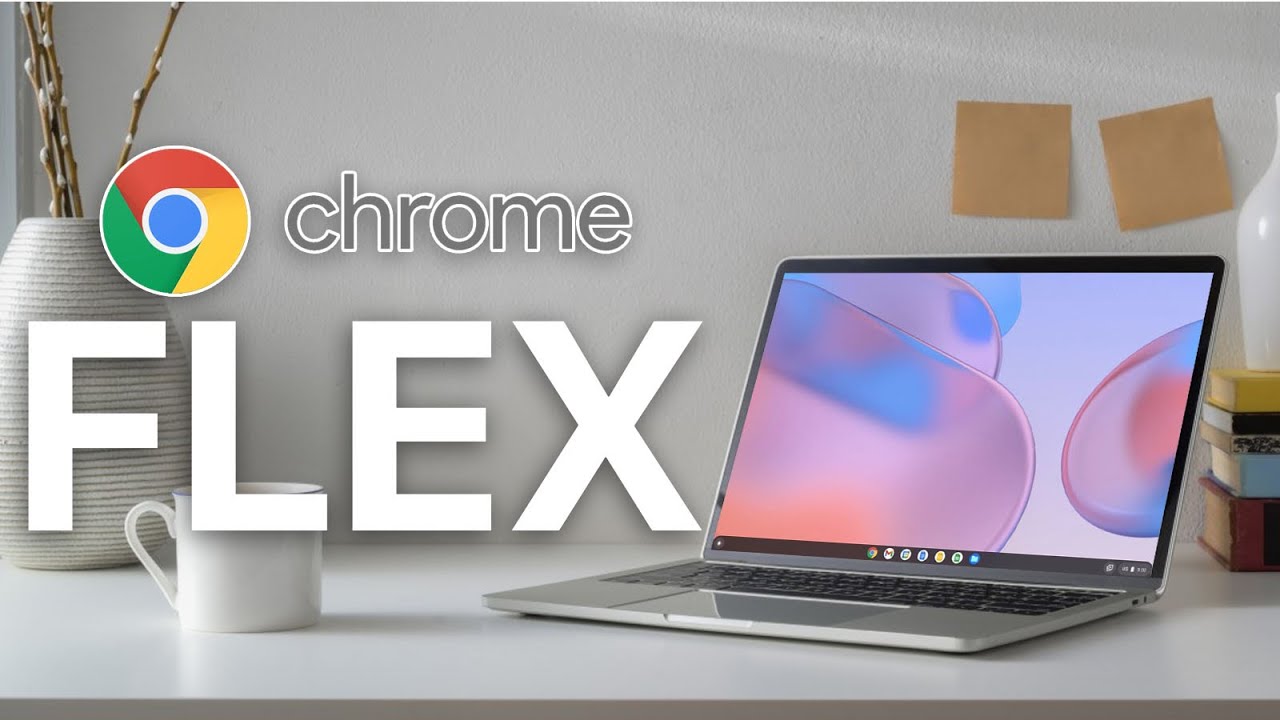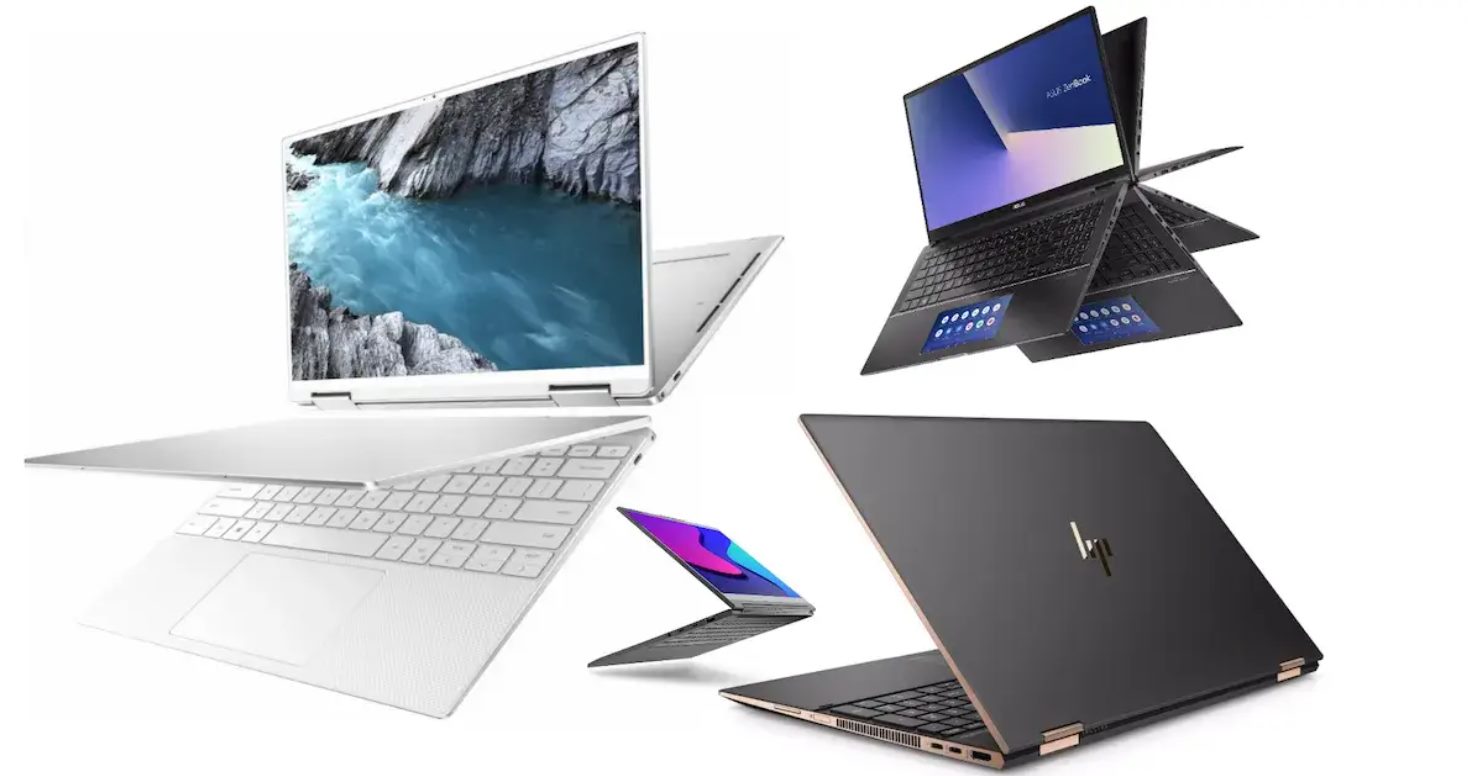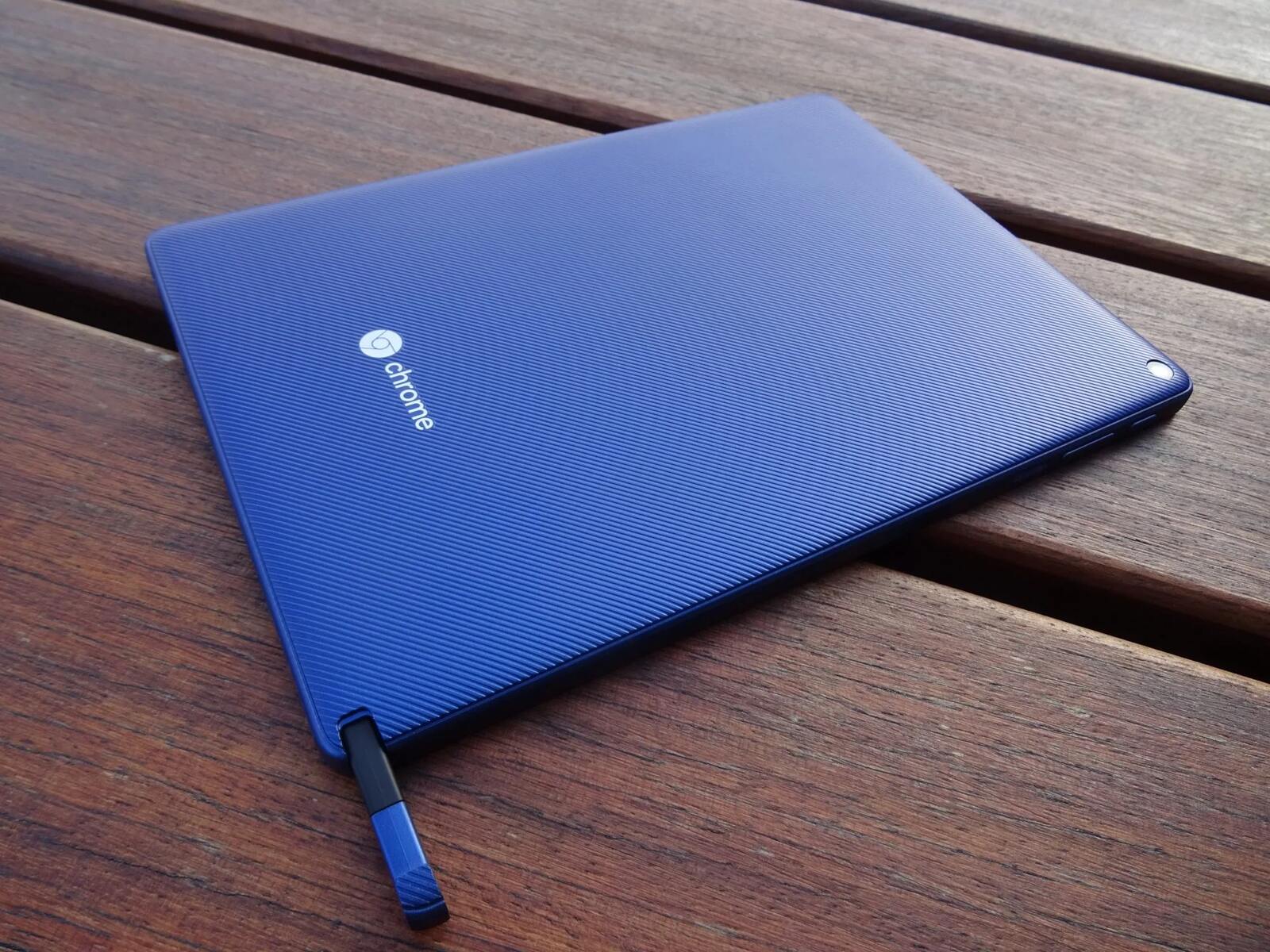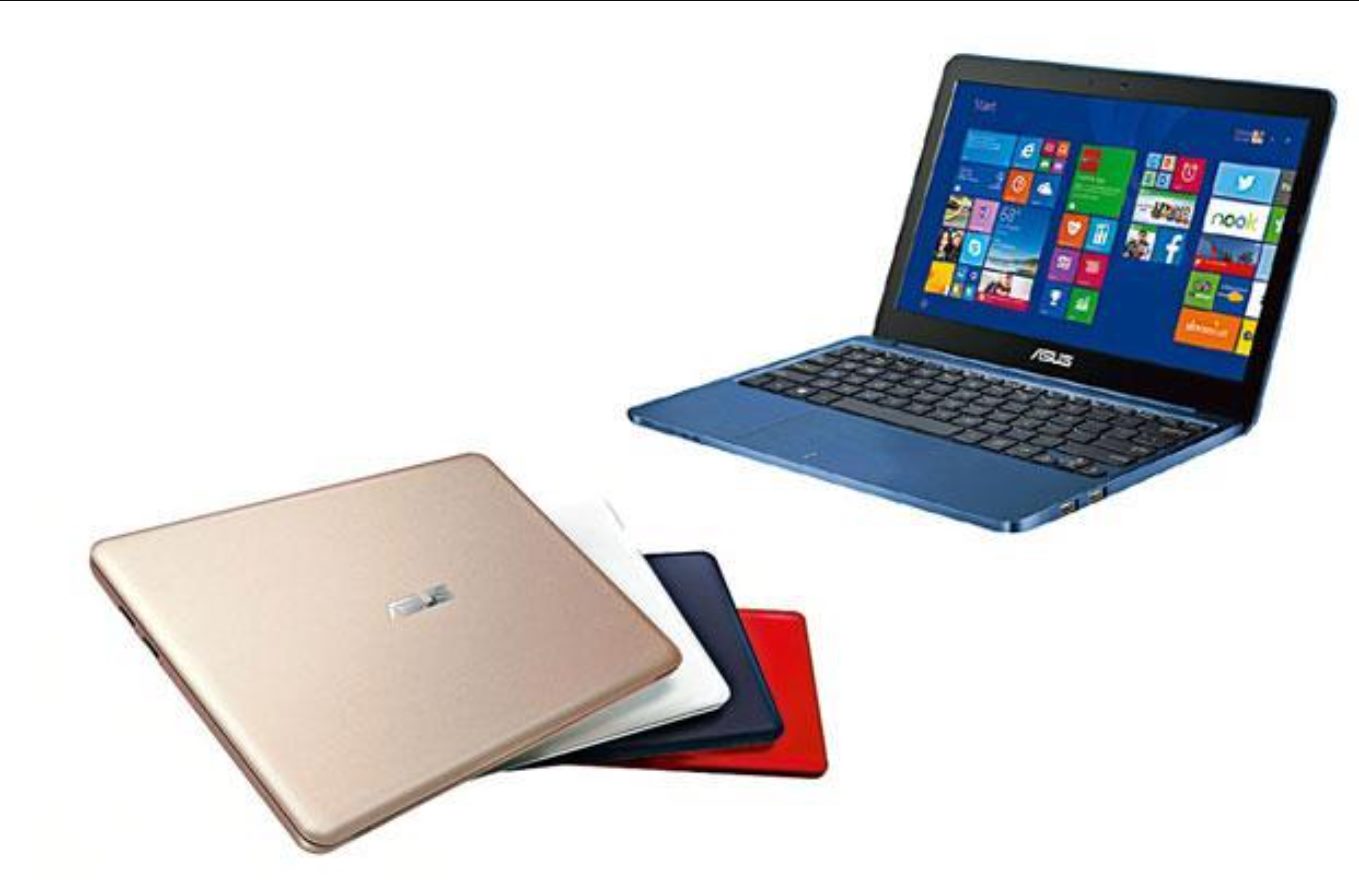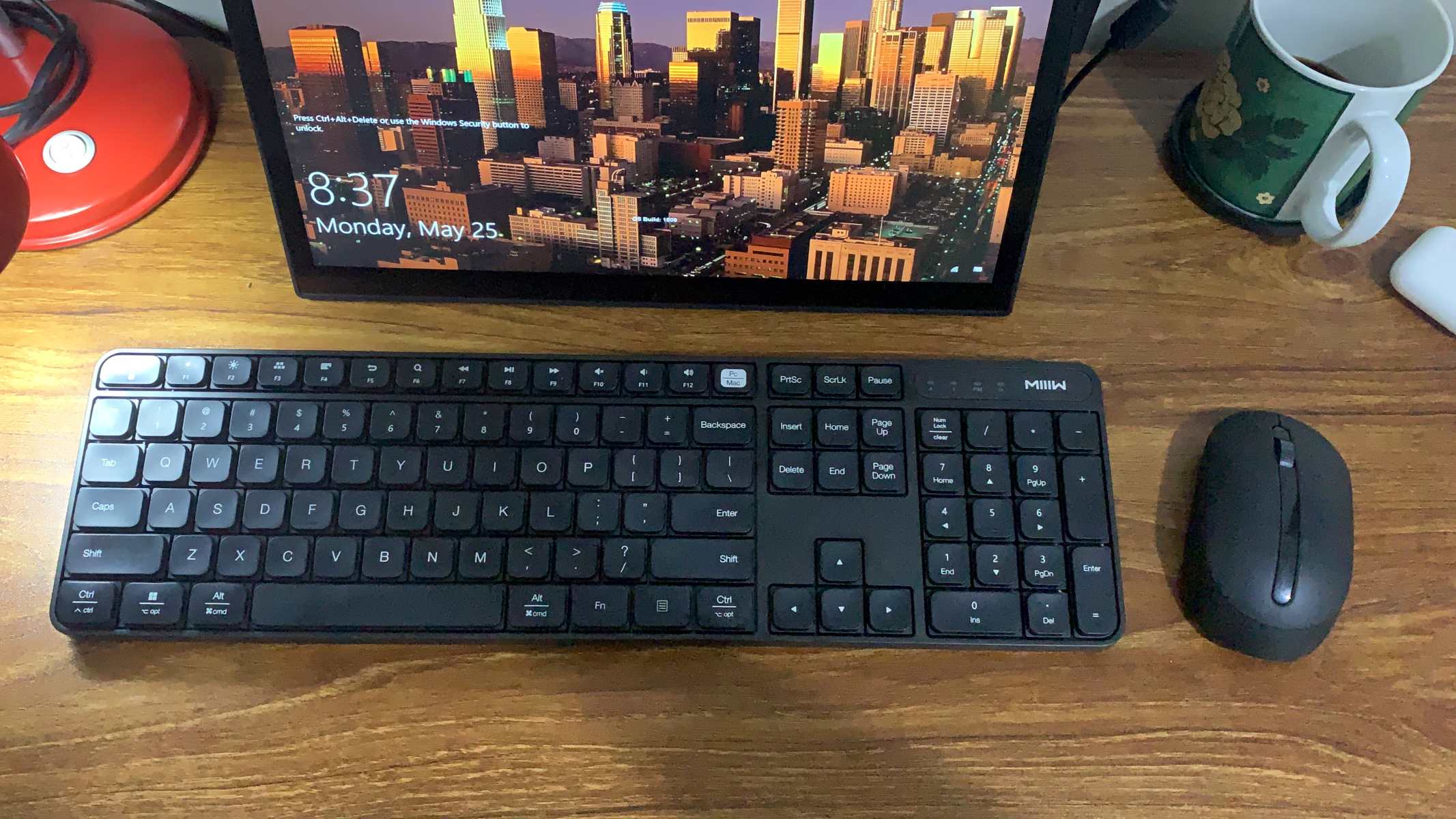Introduction
Welcome to the world of Chrome OS Flex! If you're looking to breathe new life into an old computer or simply explore the lightweight and efficient Chrome OS, you've come to the right place. Chrome OS Flex is a versatile operating system that brings the simplicity and security of Chromebooks to a wide range of devices, allowing you to enjoy the seamless integration of Google's ecosystem and the power of the Chrome browser.
In this guide, we'll walk you through the process of installing Chrome OS Flex on your computer, providing step-by-step instructions to ensure a smooth and successful setup. Whether you're a tech enthusiast eager to experiment with different operating systems or someone seeking a streamlined and user-friendly computing experience, Chrome OS Flex has something to offer.
By the end of this tutorial, you'll have a fully functional Chrome OS Flex installation, ready to explore the wealth of apps and features available in the Chrome Web Store. So, without further ado, let's dive into the exciting world of Chrome OS Flex and get started on this installation journey!
Step 1: Check System Requirements
Before diving into the installation process, it's crucial to ensure that your computer meets the necessary system requirements to run Chrome OS Flex smoothly. By verifying these specifications, you can preemptively address any potential compatibility issues and guarantee a seamless installation experience.
1. Processor and RAM
Chrome OS Flex is designed to be lightweight and efficient, making it suitable for a wide range of hardware configurations. However, it's recommended to have a modern processor, such as an Intel Core series or AMD equivalent, to ensure optimal performance. Additionally, a minimum of 4GB of RAM is advisable to support multitasking and smooth operation.
2. Storage Space
While Chrome OS Flex itself doesn't require a large amount of storage space, it's essential to have sufficient room for system updates and app installations. A minimum of 16GB of available storage is recommended, although having more space will allow for a more versatile computing experience.
3. Network Connectivity
Chrome OS Flex heavily relies on internet connectivity for seamless updates, app installations, and cloud-based services. Therefore, a stable Wi-Fi or Ethernet connection is essential for the operating system to function effectively.
4. Supported Devices
Chrome OS Flex is compatible with a variety of devices, including older PCs and Macs. However, it's important to check the official list of supported devices to ensure that your computer is capable of running Chrome OS Flex. Additionally, verifying compatibility with specific hardware components, such as graphics cards and network adapters, can help prevent potential issues during the installation process.
By thoroughly assessing these system requirements, you can proceed with confidence, knowing that your computer is well-equipped to handle Chrome OS Flex. With these considerations in mind, you're ready to embark on the next steps of the installation journey and bring the simplicity and efficiency of Chrome OS to your device.
Step 2: Download Chrome OS Flex
Now that you've confirmed that your computer meets the necessary system requirements, it's time to obtain the installation files for Chrome OS Flex. The process begins with downloading the official Chrome OS Flex image, which will serve as the foundation for your new operating system.
-
Visit the Chrome OS Flex Website: Head over to the official Chrome OS Flex website to access the latest version of the operating system. Google provides comprehensive information and resources for downloading Chrome OS Flex, ensuring that you have access to the most up-to-date release.
-
Select the Correct Image: Chrome OS Flex offers different images tailored to specific hardware platforms, such as 32-bit and 64-bit systems. It's crucial to choose the appropriate image that aligns with your computer's architecture to ensure compatibility and a successful installation.
-
Download the Image: Once you've identified the correct image for your system, initiate the download process. Depending on your internet connection speed, the download may take some time, so it's advisable to have a stable and reliable connection to prevent interruptions.
-
Verify the Integrity of the Image: After the download is complete, it's essential to verify the integrity of the image file to ensure that it hasn't been corrupted during the download process. This step involves performing a checksum verification using tools such as SHA256 to confirm the authenticity of the downloaded file.
-
Prepare for the Next Steps: While the image is downloading, take the opportunity to prepare for the subsequent phases of the installation process. This includes acquiring a USB flash drive with sufficient storage capacity to accommodate the Chrome OS Flex image and familiarizing yourself with the steps involved in creating a bootable USB drive.
By following these steps, you'll be well-equipped to download the necessary files for Chrome OS Flex and set the stage for the upcoming stages of the installation process. With the image securely in your possession, you're one step closer to experiencing the streamlined and user-friendly environment offered by Chrome OS Flex.
Step 3: Create a Bootable USB Drive
Creating a bootable USB drive is a crucial step in the installation process of Chrome OS Flex. This method allows you to transfer the Chrome OS Flex image to a USB drive, enabling your computer to boot from the USB and initiate the installation. Here's a detailed guide on how to create a bootable USB drive for Chrome OS Flex:
1. Select a Suitable USB Drive
Choose a USB flash drive with sufficient storage capacity to accommodate the Chrome OS Flex image. A capacity of 16GB or higher is recommended to ensure that the drive can hold the operating system files without running out of space.
2. Download and Install Balena Etcher
Balena Etcher is a user-friendly tool designed for creating bootable USB drives from disk images. It provides a straightforward interface and simplifies the process of transferring the Chrome OS Flex image to the USB drive. Download and install Balena Etcher from the official website, ensuring that you obtain the version compatible with your operating system.
3. Launch Balena Etcher
Once Balena Etcher is installed, launch the application to begin the USB creation process. The intuitive interface of Balena Etcher makes it easy to navigate through the necessary steps, guiding you towards creating a bootable USB drive with the Chrome OS Flex image.
4. Select the Chrome OS Flex Image
In Balena Etcher, click on the "Select Image" button and navigate to the location where the Chrome OS Flex image is stored on your computer. Choose the correct image file and proceed to the next step.
5. Choose the USB Drive
After selecting the Chrome OS Flex image, insert the USB flash drive into an available USB port on your computer. In Balena Etcher, click on the "Select Target" button and choose the USB drive as the destination for the Chrome OS Flex image.
6. Create the Bootable USB Drive
With the Chrome OS Flex image and the USB drive selected, click on the "Flash!" button in Balena Etcher to initiate the creation of the bootable USB drive. This process may take some time, depending on the speed of your USB drive and computer.
7. Verify the Bootable USB Drive
Once the creation process is complete, Balena Etcher will perform a verification to ensure that the bootable USB drive has been successfully created. This step is crucial for confirming the integrity of the installation files and ensuring that the USB drive is ready for use.
By following these steps, you'll have successfully created a bootable USB drive containing the Chrome OS Flex image, setting the stage for the next phase of the installation process. With the bootable USB drive prepared, you're ready to proceed to the installation of Chrome OS Flex on your computer.
Step 4: Install Chrome OS Flex
With the bootable USB drive prepared, you're now ready to embark on the exciting phase of installing Chrome OS Flex on your computer. This process involves booting your system from the USB drive and initiating the installation of Chrome OS Flex, paving the way for a seamless transition to the lightweight and efficient operating system.
Here's a comprehensive guide on how to install Chrome OS Flex:
-
Boot from the USB Drive: Insert the bootable USB drive containing the Chrome OS Flex image into a USB port on your computer. Restart or power on your system, and access the boot menu or BIOS settings to prioritize booting from the USB drive. Once configured, save the changes and restart your computer to initiate the boot process from the USB drive.
-
Initiate the Installation: Upon successful booting from the USB drive, you'll be presented with the Chrome OS Flex installation interface. Follow the on-screen prompts to initiate the installation process. This typically involves selecting the installation language, confirming the installation destination, and agreeing to the terms and conditions.
-
Wait for the Installation to Complete: The installation process may take some time, depending on your computer's hardware specifications and the speed of the USB drive. It's important to be patient and allow the installation to proceed uninterrupted. Once the installation is complete, your system will prompt you to restart to finalize the setup.
-
Remove the USB Drive: After the installation is complete and your system has restarted, safely remove the bootable USB drive from your computer. This ensures that your system boots directly from the newly installed Chrome OS Flex without relying on the USB drive.
-
Welcome to Chrome OS Flex: Upon restarting your computer, you'll be greeted by the welcoming interface of Chrome OS Flex. Follow the initial setup prompts to customize your user preferences, connect to a network, and sign in with your Google account to access the full suite of Chrome OS Flex features and services.
By following these steps, you'll have successfully installed Chrome OS Flex on your computer, unlocking a world of simplicity, speed, and security. With Chrome OS Flex up and running, you can explore the vast array of apps available in the Chrome Web Store, seamlessly integrate with Google's ecosystem, and enjoy the streamlined computing experience offered by Chrome OS Flex.
Step 5: Set Up Chrome OS Flex
After successfully installing Chrome OS Flex, the next crucial step is to set up the operating system to align with your preferences and requirements. This phase involves customizing various settings, connecting to essential services, and familiarizing yourself with the features that Chrome OS Flex offers. Here's a detailed guide on how to set up Chrome OS Flex and make the most of your new computing environment:
1. Personalize Your Desktop
Upon logging into Chrome OS Flex, take a moment to personalize your desktop by setting your preferred wallpaper, adjusting the display settings, and organizing the layout to suit your workflow. Chrome OS Flex offers a range of customization options, allowing you to create a desktop environment that reflects your style and enhances productivity.
2. Connect to Wi-Fi and Network Services
Ensure that your computer is connected to a stable Wi-Fi network to enable seamless updates, app installations, and access to cloud-based services. Chrome OS Flex prioritizes network connectivity, making it essential to establish a reliable connection to fully leverage the capabilities of the operating system.
3. Sign in with Your Google Account
Signing in with your Google account unlocks the full potential of Chrome OS Flex, providing access to Google Drive for cloud storage, synchronization of Chrome browser settings and bookmarks, and seamless integration with Google's suite of productivity tools. By signing in, you can effortlessly transition between devices and access your personalized settings and content.
4. Explore the Chrome Web Store
Take advantage of the rich ecosystem of apps and extensions available in the Chrome Web Store. Whether you're looking for productivity tools, entertainment apps, or utilities to enhance your browsing experience, the Chrome Web Store offers a diverse selection of applications tailored to Chrome OS Flex.
5. Familiarize Yourself with Chrome OS Flex Features
Chrome OS Flex boasts a range of features designed to streamline your computing experience, including built-in security measures, automatic updates, and seamless integration with Google services. Take the time to explore these features and understand how they can enhance your productivity and overall user experience.
By following these steps, you'll effectively set up Chrome OS Flex to align with your preferences and maximize its potential. With a personalized desktop, seamless connectivity, access to the Chrome Web Store, and familiarity with the operating system's features, you're well-equipped to embrace the simplicity and efficiency of Chrome OS Flex in your daily computing endeavors.
Conclusion
Congratulations on successfully installing and setting up Chrome OS Flex on your computer! You've taken a significant step towards embracing a streamlined and user-friendly computing experience, characterized by the simplicity, security, and efficiency that Chrome OS Flex offers. As you embark on this new journey with Chrome OS Flex, it's essential to reflect on the benefits and possibilities that this operating system brings to your digital life.
Chrome OS Flex represents a paradigm shift in the way we interact with our computers, emphasizing a cloud-centric approach that prioritizes seamless integration with Google's ecosystem. By leveraging the power of the Chrome browser and the versatility of web-based applications, Chrome OS Flex empowers users to navigate their digital tasks with ease, whether it's productivity, entertainment, or communication.
One of the standout features of Chrome OS Flex is its lightweight nature, making it an ideal choice for breathing new life into older computers or repurposing existing hardware. The operating system's minimal hardware requirements and efficient resource utilization ensure that even aging devices can deliver a responsive and enjoyable user experience.
Furthermore, the seamless integration with Google services, including Google Drive, Google Docs, and the Chrome Web Store, provides a cohesive and interconnected environment for productivity and entertainment. Whether you're collaborating on documents, organizing your files in the cloud, or exploring a diverse range of apps and extensions, Chrome OS Flex offers a cohesive ecosystem that simplifies your digital endeavors.
As you continue to explore Chrome OS Flex, you'll discover its robust security measures, including automatic updates and built-in malware protection, which contribute to a worry-free computing experience. The emphasis on security and stability allows you to focus on your tasks without the distractions of system maintenance and security concerns.
In conclusion, Chrome OS Flex represents a compelling alternative for individuals seeking a modern, efficient, and user-centric operating system. By embracing the simplicity and versatility of Chrome OS Flex, you're poised to unlock a world of possibilities, from seamless productivity to immersive entertainment, all within a cohesive and secure computing environment.
So, as you navigate through the intuitive interface, explore the wealth of apps in the Chrome Web Store, and experience the seamless integration with Google's ecosystem, remember that Chrome OS Flex is designed to simplify your digital life and empower you to accomplish more with your computer. Embrace the possibilities, enjoy the efficiency, and make the most of your Chrome OS Flex experience!







